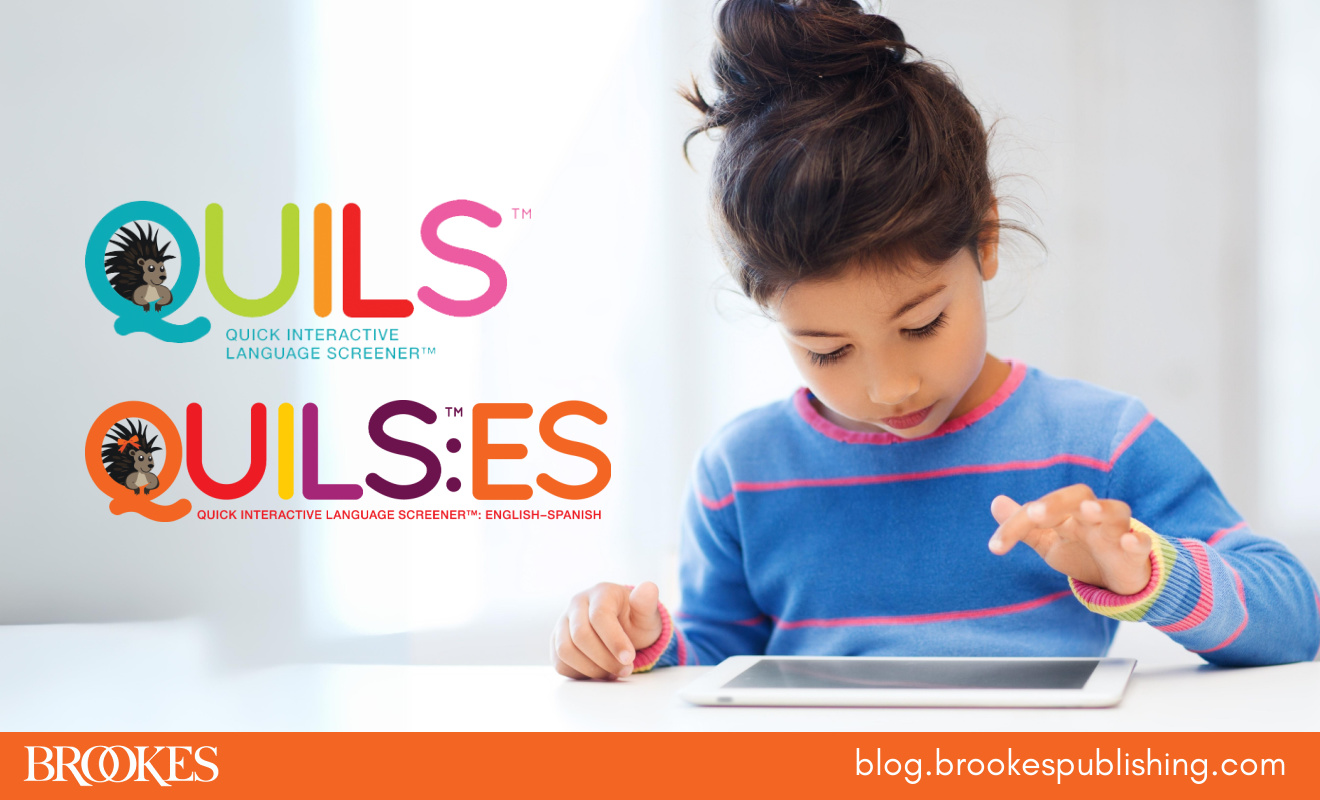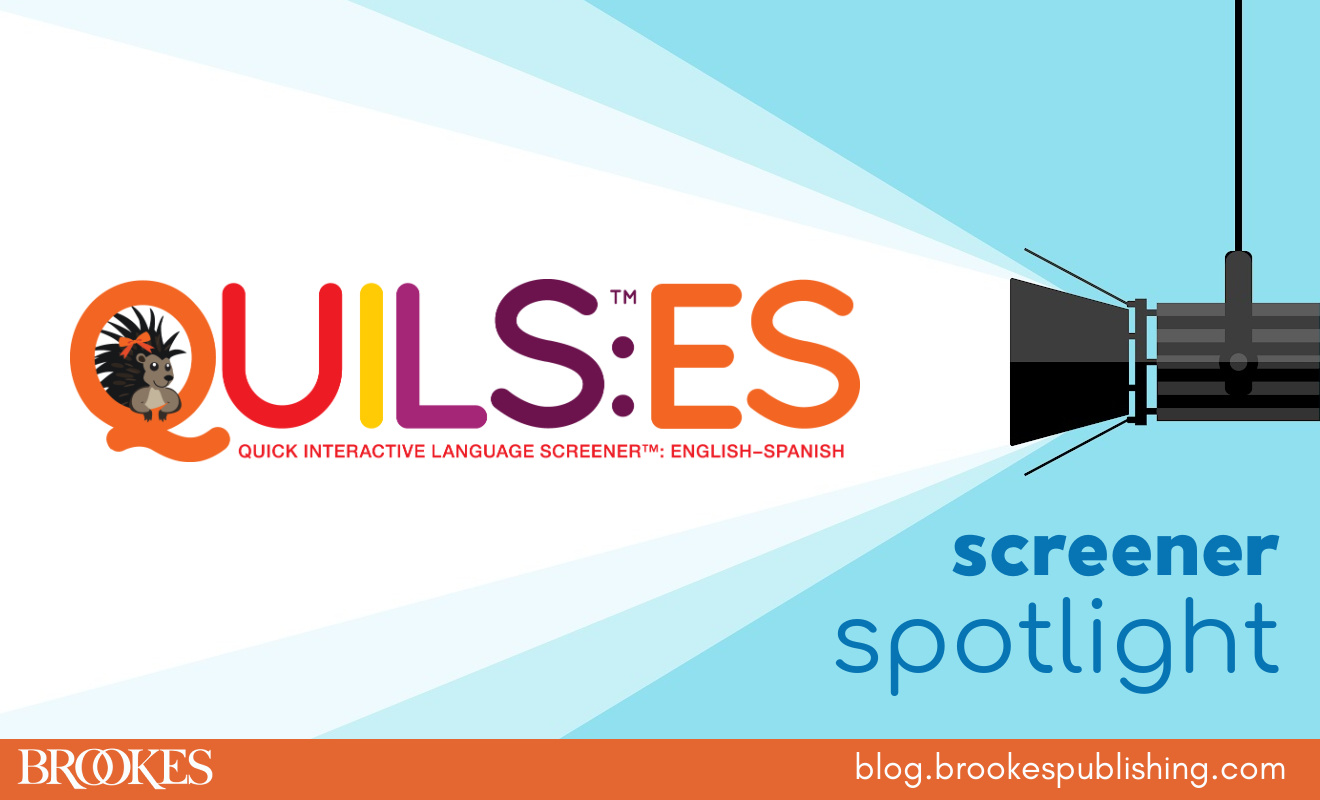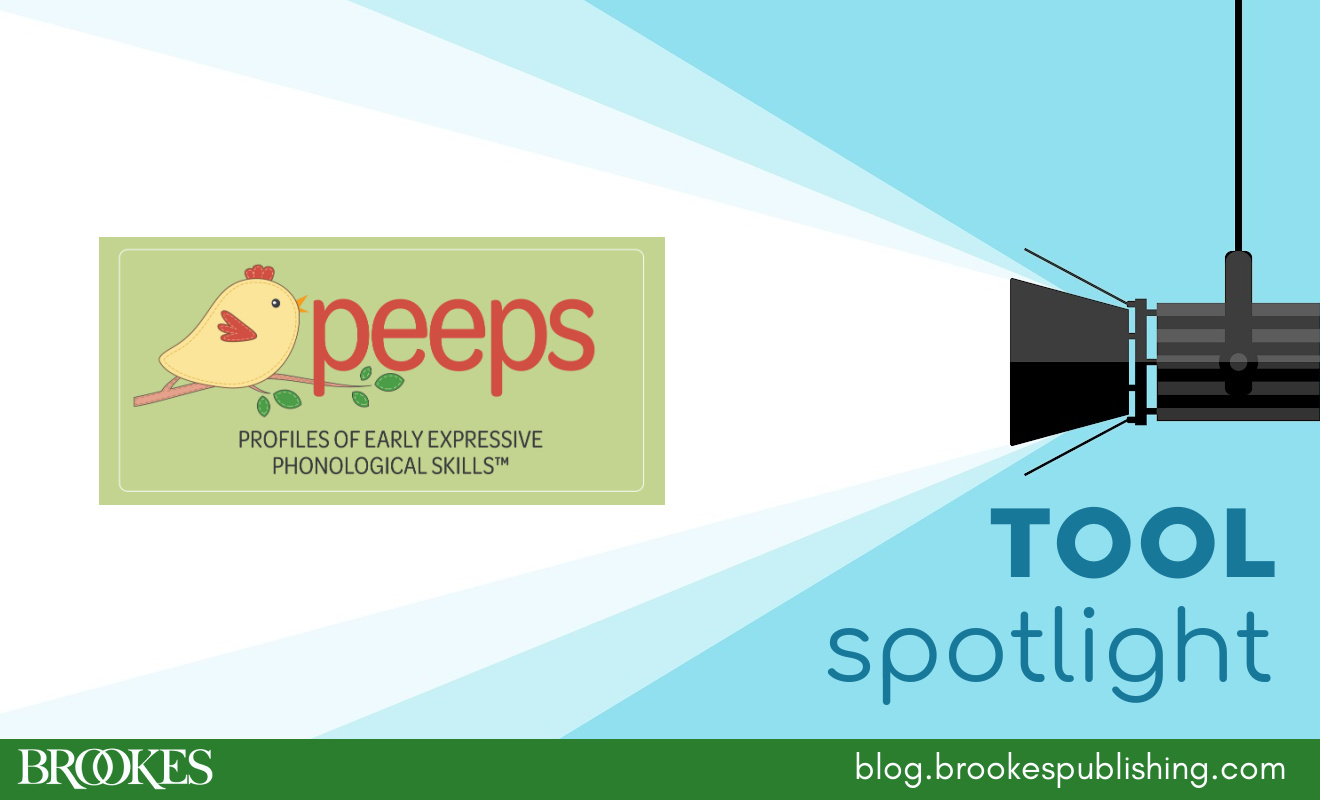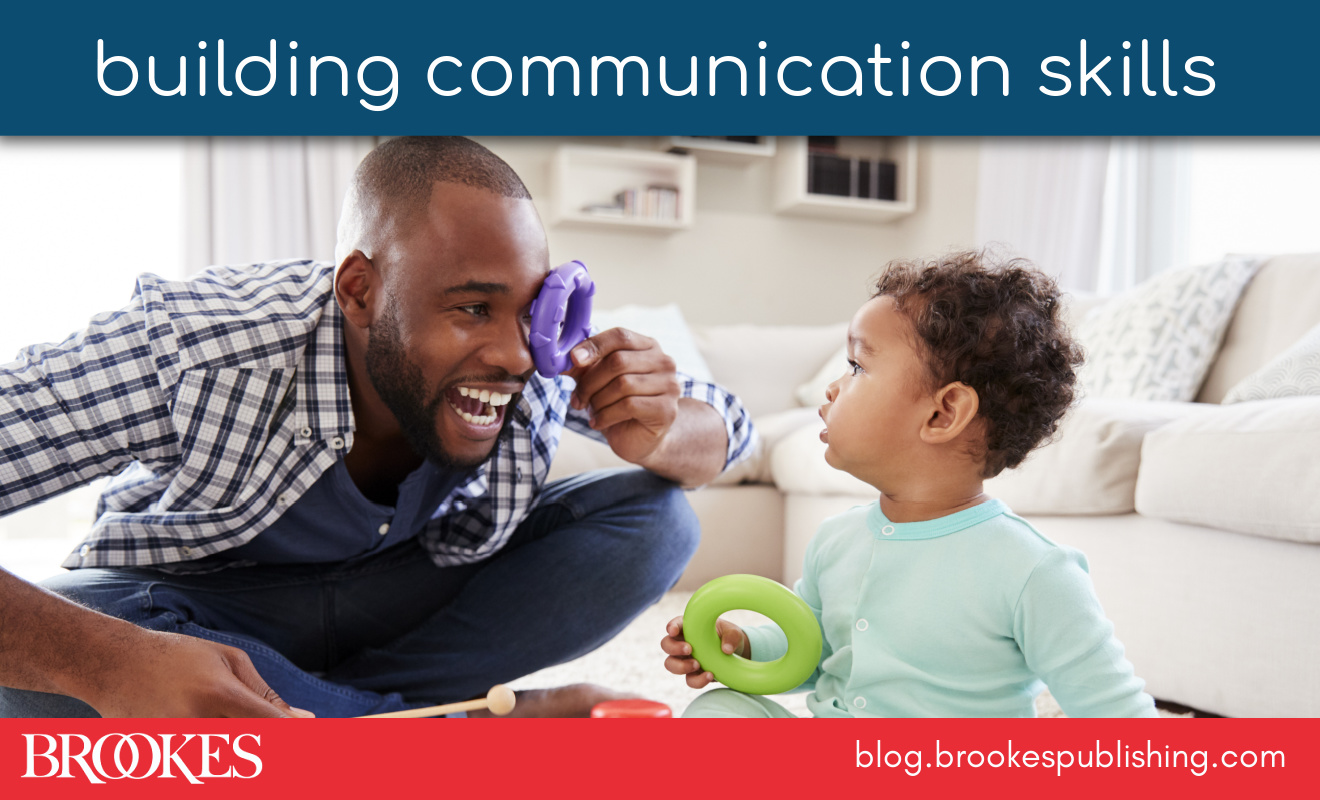QUILS and QUILS: ES: Your Key to Catching Language Delays Early
March 5, 2024
Language is foundational to all areas of human development. Early language learning is vital, as it lays the groundwork for children’s success in the classroom and even in their interpersonal relationships. While we know that language skills in preschool, kindergarten, and first grade predict later reading and academic achievement, what if a child has a language delay? How might that problem be identified? Unless a language problem is detected, intervention or targeted teaching cannot happen. And the earlier the intervention, the better the child’s outcome.
In today’s guest blog post, Roberta Michnick Golinkoff and Janelle Craig discuss how the Quick Interactive Language Screener™ (QUILS™) can help you evaluate whether children are making language progress appropriate for their age group—and find the children who might need help.
The Challenge: Too Many Missed Language Delays
Let’s start in Ms. Johnson’s kindergarten class. For these young learners, visiting the school library is a highlight of the week! The school librarian always reads a funny story aloud to the class and then guides the students through an amusing discussion about the book. The librarian also calls on students to retell events from the story and sometimes to act them out. Mason enjoys the library time, but he finds that his peers are sharing parts of the book that he misunderstood. Today’s book is about a squirrel looking for acorns in the forest to save for the winter. Mason wonders, What does hibernate mean? And why would a squirrel need acorns for it? As is often the case, he is confused about the story’s events.
Because many school districts use generic developmental screeners that only provide basic-level ideas about language skills, children with language delays might be missed, and kids like Mason might fall through the cracks. Children with struggles like Mason’s can be given language tests such as the PLS-5 or the PPVT, but there are downsides to these: they require a professional examiner (typically a speech-language pathologist or school psychologist), and they take a lot of time.
That’s where QUILS comes in.
The Solution: QUILS
The Quick Interactive Language Screener, which provides information on young children’s performance compared to their peers, is designed to assess language skills and produce a highly readable graphic of the child’s language profile in just 15-20 minutes. For use with children between the ages of 3 and 7, QUILS can be administered easily by an aide or a classroom volunteer on a tablet that stores the child’s results. Not only does QUILS provide individual language profiles so you can see at a glance which children need more support, it can also show you a profile of the whole class.
 As a bonus, children love taking the game-like QUILS screener and often ask to do it again! This is probably because they are in charge during QUILS: they get to touch the screen to make the pictures change, and they see engaging videos in between sections throughout the screener.
As a bonus, children love taking the game-like QUILS screener and often ask to do it again! This is probably because they are in charge during QUILS: they get to touch the screen to make the pictures change, and they see engaging videos in between sections throughout the screener.
What QUILS Measures
Smaller vocabulary size, less world experience, and less exposure to complex syntax may be why many American children fail to reach the appropriate reading level when they hit third or fourth grade. And it’s important to note that children’s understanding of sentences contributes to their reading skill just as much as their understanding of the vocabulary in the story.
That’s why QUILS was designed to address three key areas of language: syntax (do children understand sentences?), vocabulary (nouns, adjectives, prepositions, and connectives like after), and process, or how children learn new language items. The syntax portion of QUILS measures how children understand wh- questions like “Who?” and “Why?,” and the vocabulary portion measures the words children should already know.
Language issues are sometimes subtle and difficult for teachers and caregivers to detect. Therefore, screening all children—especially those from under-resourced families—is vitally important. The scores children achieve on QUILS are linked to the primary caregiver’s highest education level—although there is great variability in children’s language scores even within these education levels, as discovered in multiple studies. That means that just because a child’s parent has but a high school diploma, it cannot be assumed that that child is moving more slowly in language than their peers. The figure below shows the scores on the three areas QUILS measures by parents’ education level.
 The relation between socioeconomic status and children’s QUILS vocabulary, syntax, and language-learning products (from Levine et al., 2020)
The relation between socioeconomic status and children’s QUILS vocabulary, syntax, and language-learning products (from Levine et al., 2020)
Screen Bilingual Children with QUILS: ES
More than 33% of all U.S. children under the age of 9 are dual language learners (DLLs), and the vast majority of those speak Spanish (75%). Children learning two languages (whether English and Spanish or English and another language) do not have language problems just because they are learning two languages—but there are few ways to screen DLLs to see if a problem might exist.
 This gap in the field is why QUILS: ES was created. Until now, the way language has been formally or informally assessed has greatly disadvantaged Spanish-speaking children, as they were often assessed in their new language and their home language was ignored. Many dual language learners have been considered to have language problems and referred for special education. But learning two languages does not actually put children at risk for language problems.
This gap in the field is why QUILS: ES was created. Until now, the way language has been formally or informally assessed has greatly disadvantaged Spanish-speaking children, as they were often assessed in their new language and their home language was ignored. Many dual language learners have been considered to have language problems and referred for special education. But learning two languages does not actually put children at risk for language problems.
QUILS:ES allows us to take both languages into consideration to see if children’s language progress resembles that of their peers. For use with English-Spanish bilingual children ages 3 to 5 years old, QUILS: ES is designed to provide language screening for the large number of children entering our schools who come from Spanish-speaking homes. QUILS:ES overcomes prior difficulties in assessing the progress of dual language learning children in new ways:
- First, because half of the screener is in English and half in Spanish, QUILS:ES recognizes that children taking it have varying degrees of bilingualism, from knowing mostly Spanish to knowing mostly English. QUILS:ES combines how children do in Spanish and in English so that children are credited with what they know in both languages. Therefore, QUILS:ES is based on the premise that language knowledge is distributed across both children’s languages.
- Second, QUILS:ES tests more than just vocabulary, which most language screeners depend on. QUILS:ES tests for children’s knowledge of grammar in both their languages, vocabulary in both their languages, and how readily they can learn new words in both their languages. No other screener tests this range of language capabilities and can be given on a tablet by a non-professional. If a child fails to do well when both of their languages are taken into consideration on all three components of language that QUILS:ES tests, it means that this child needs additional screening for language delays.
Why Not Wait Until Children Enter Formal Schooling to Test for Language Delays?
QUILS and QUILS: ES are vital tools to evaluate whether children’s language development is on track. Although these screeners can be given in kindergarten, it’s ideal that they be used in preschool, before formal school entry. Intervention is less efficient when it starts later rather than earlier. There is an urgent need to provide children who have language difficulties with early intervention, as emphasized by Ann Kaiser and colleagues. Using QUILS as early as preschool opens the door for young children to receive the support they need—the QUILS screeners can identify areas of weakness that make it possible for the child to be seen by a speech-language pathologist or receive targeted teaching.
If only Mason in Mr. Johnson’s class could be given QUILS. His teacher and caregivers could begin to call in professionals to address his language difficulties. Providing Mason—and other children with similar struggles—with the support they need to learn and understand language can and will help them excel in school and life!
About the Guest Posters
Roberta Michnick Golinkoff is one of the developers of the Quick Interactive Language Screener (QUILS) and QUILS: ES alongside Jill de Villiers, Kathy Hirsh-Pasek, and Aquiles Iglesias. She and her colleagues were determined to identify children with language problems as early as possible. They even have a QUILS:TOD for children between the ages of 24 and 36 months.
Janelle Craig is the laboratory manager of Dr. Golinkoff’s Child’s Play, Learning, and Development Lab at the University of Delaware. Janelle has administered the QUILS countless times and has found great joy in seeing the fun that children have. She graduated from the University of Pittsburgh in 2022 with a B.S. in Psychology.




Write a Comment
Your email address will not be published. Required fields are marked *
Post a Comment